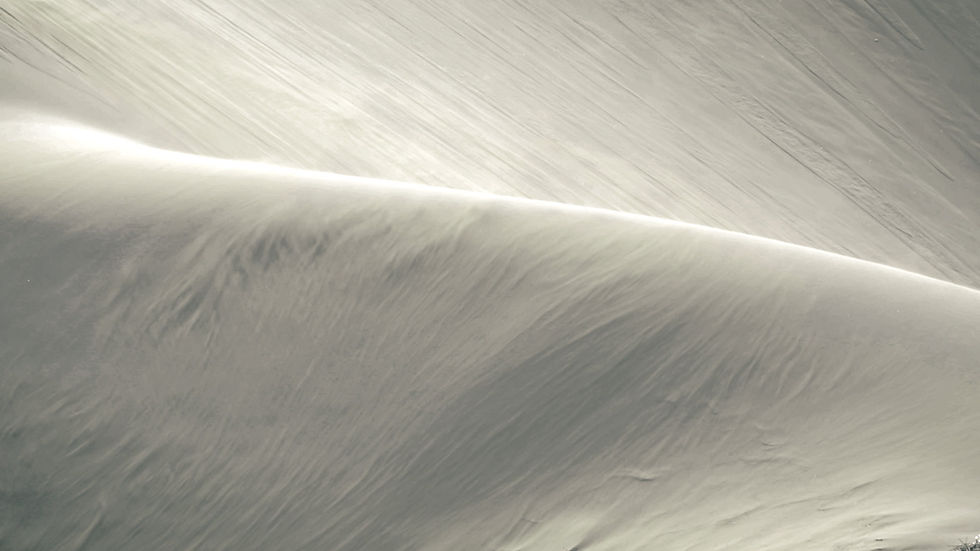The guarantee of high performance packaging involves the use of a precise number
of desiccant bags (regulated by the DIN 55474 standard), together with a coupled-barrier bag.
The combined use of these products creates a controlled humidity environment, maintaining the properties/qualities of the packaged goods and protecting them from oxidation, mildewing, and other changes.
Desiccant bags are designed to absorb water vapour present in the air the moment the package is closed, and the water vapour that permeates through the coupled barrier (in particular for long-duration packaging).

Desiccant Material

BENTONITE CLAY
A natural, non-corrosive, chemically inert desiccant material with little dust. Suitable for protecting multiple categories of goods.
-
ABSORPTION at 40% RH 💧💧
-
EXCELLENT QUALITY-PRICE RATIO

SILICA GEL
A synthetic, non-corrosive, chemically inert desiccant material with low dust. Used mainly in packaging for pharmaceuticals, food, and electronics.
-
ABSORPTION at 40% RH 💧💧💧
-
REDUCED WEIGHT WITH THE SAME ABSORPTION

MOLECULAR SIEVES
A group of materials capable of absorbing different molecules depending on the diameter of the pores, which vary between 3 Å and 10 Å based on the types considered.
-
Desiccant for gases and solvents
-
Removal of CO2, H2S, and nitric products
-
Separation of gases and sugars
MORE INFORMATION
BY REQUEST
DESERT desiccant bags are produced in compliance with standards
MIL D 3464 E - NF H 00321
and are also certified
DIN 55473 : 2015
with the following registration numbers

Formats
Complete range: from sachets to large bags
The formats are expressed in UD – units of desiccant
The unit of measurement in desiccant applications is UD, which expresses the absorption capacity of the bag. Since the quality of desiccant products is closely tied to the absorption performance, it is always necessary to refer to the UD of the bag and not to the weight in grams of the desiccant material contained within.

For specific needs, we also produce bags based on weight.
Bag Material
The desiccant bag is made of nonwoven fabric, a material that allows water vapour to be absorbed within the bag. Based on the amount of dust that may be released by the bag, two classes of bag material are recognized (in compliance with the DIN 55473 standard).
Low-dust nonwoven fabric
type A
Indicated for protecting goods that are not particularly sensitive
to dust

less than 10 mg of dust per UD
Dust-free nonwoven fabric
TnT type B
Indicated for protecting goods that are highly sensitive to dust (e.g. pharmaceuticals and electronics).

less than 1 mg of dust, irrespective of the UD
Advantages of Tyvek®:
-
Suitable for applications requiring high protection from contamination
-
Excellent dust barrier (falls in the category of tight-fitting coatings)
-
Good mechanical resistance
Advantages of Tyvek®:
-
Suitable for applications requiring high protection from contamination
-
Excellent dust barrier (falls in the category of tight-fitting coatings)
-
Good mechanical resistance

Tyvek nonwoven fabric type B
The advantages of Tyvek®:
-
Suitable for applications that require high protection from contaminants
-
Excellent dust barrier (falling under the dust-free category)
-
Good mechanical resistance


-
High visibility bag material
-
Anchoring systems
-
Personalized logos



